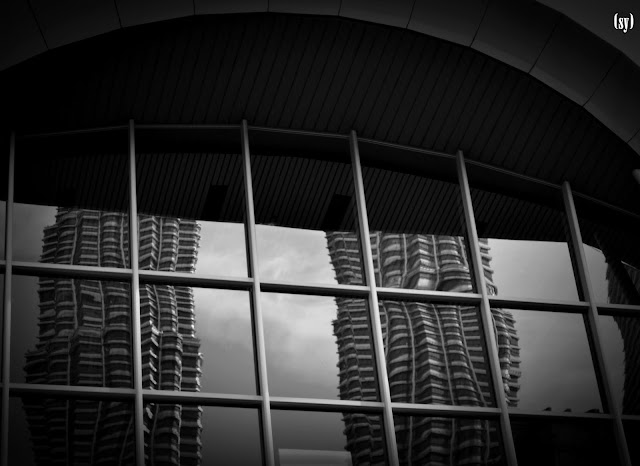 |
| Copyright By Socceraholic |
Ignore Your Viewfinder
The first step in low angle is accepting you will not be able to look through your viewfinder most of the time. A lot of shots require the camera in such an angle that only the smallest of frogs could take a peek. If your camera has a flipout view screen, you will be thanking your lucky stars. If not, get used to having to go by sense of feel on this one.
Learn Your Angle
Low angle shots work best with a wider lens. Something in the 10-22mm range for 1.6 crop factor cameras works quite well. Fisheye lenses can also be handy. This is not to say a zoom doesn’t do the job if you can lay on your belly and frame things. It is just much harder to crop the image right in the filed of view that it will be with a wider zoom. Although three is no reason you can’t have it both ways and opt for something like a 18-200mm zoom which will allow for a lot of room to play.
Understand Aperture and Depth Of Field
A low angle shot is going to have objects near and far. That is part of its appeal, being able to show the perspective by including foreground objects. This means you will need to understand your camera and lens combination’s sweet spot for aperture. Cranking the f-stop up as high as it will go does not insure perfect depth of of field front to back. Each lens has positive and negative aspects this approach and it is best to learn where your lens performs best, then use that setting (via a Aperture Priority mode). Even better, some cameras have a Depth Of Field mode, which will do its darndest to hold as much of the image in focus as it can, by correlating both aperture and focus points.
Keep It All Level
When you bring the camera close to the ground or other low object, take an extra second to insure your camera is level. This will save time in front of the computer realigning everything. It may not seem like a big deal at the time, but if you want to use this technique again and again, it’s best to learn leveling early. It can be a huge time saver in the long run.
The good news is, if you can’t get it perfect, there always is the computer to make it nice and level. I simply prefer to get it right in the camera the first time around, even if it means a lot of trial and error to learn.
Preventing Blown Out Skies
It may be a sunny day and all your shots are coming out well. A nice balance of light and the exposure seems to be spot on…until you go for a low shot. The foreground is dark and the sky is not that well defined. What’s happening?
If your low angle shot is including a lot of sky, and it is a bright day, you will need to compensate or, possibly, accept the limits of the scene in front of you. Shooting up and near the sun will make your camera squint with all its might, just like you would if you were laying on the ground looking partially into the sun.
To compensate, take a pick between the dark and the light and go for it. If you want a lot of sky or cloud to be defined, underexpose. If the foreground is too precious to you to let go, overexpose and accept that the sky will be blown out. But at least you can capture the aspect that is most important to you.
Positioning Objects In The Frame
Imagine the scene from down low before taking the shot. Just like eye level photographs, frame the scene to include something of interest. Maybe it’s just a rock, or an apple or anything. This is a chance to make the mundane appear huge by perspective. Because of the angle, nearby objects will be exaggerated in their size. Play around with it.
Shoot, Review, Repeat
This is where digital is a boon to the photographer. While I’m not a fan of reviewing every shot on a camera’s view screen, learning from your mistakes has never been easier than with the digital revolution. Use it! Take a shot and see what can be changed, either with exposure or composition, and try, try again until the shot you want is captured.
Just don’t forget to delete the dozens of attempts that failed before you get home to download.
Low angle photography can be a fun way to spice things up in your picture taking world. Don’t be afraid to experiment and see the world from another point of view!



















































